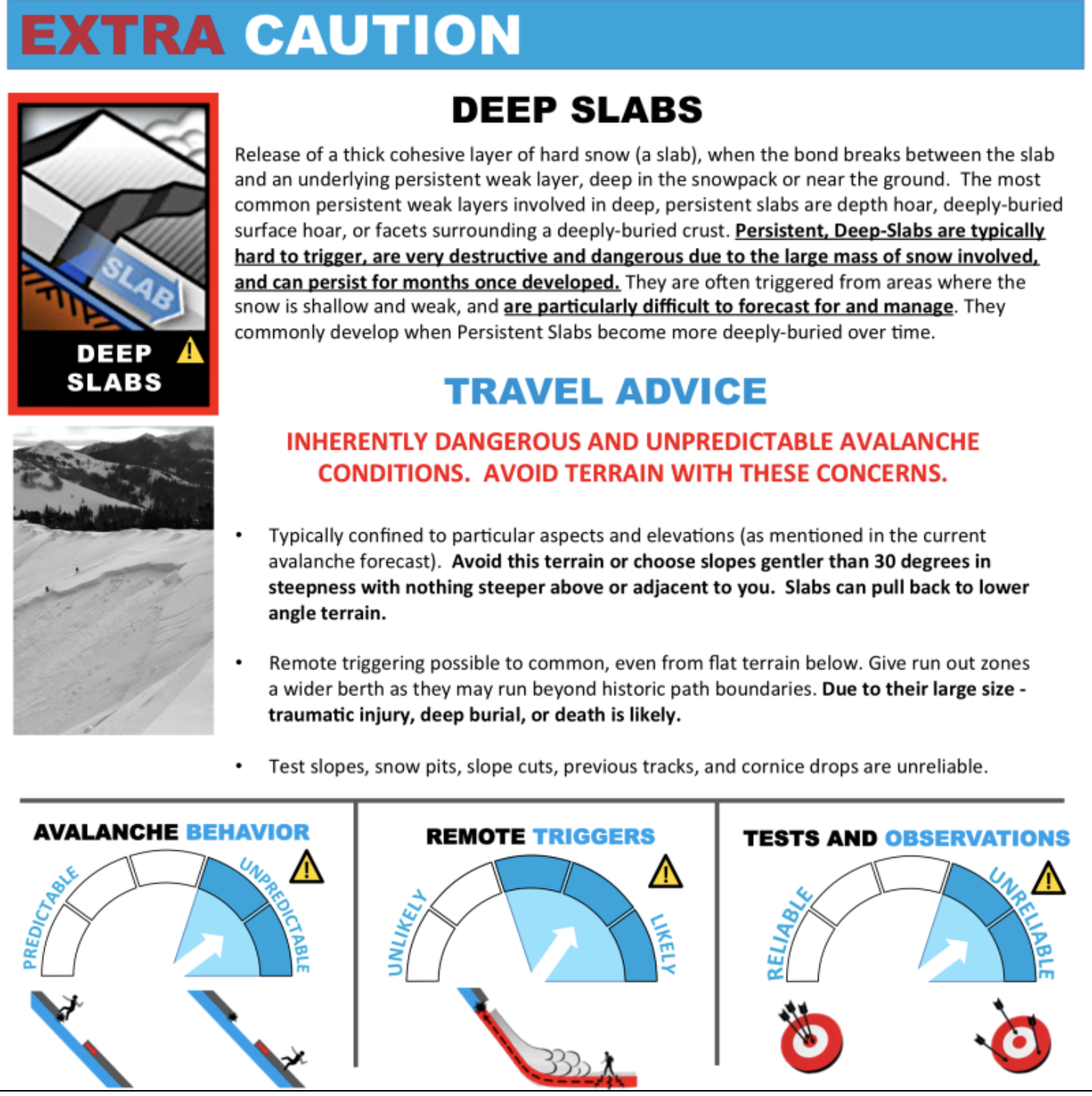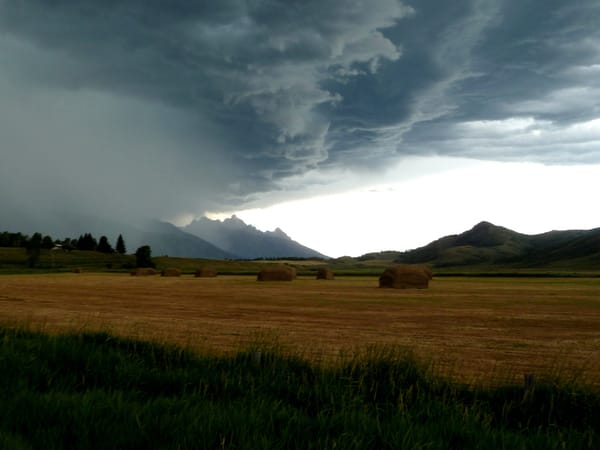Expertise and the Avalanche Problems

Not long ago, I was invited to give a talk on any subject of my choice to a Level 3 avalanche class with the American Avalanche Institute. The owners of AAI and I have known each other for 15-20 years. They should have known better.
So. The night before, I had the Level 3 participants - all experienced snow and avalanche professionals in their own right - think of a time when an avalanche surprised them.
The next morning, I began by showing them a clip of risk reduction researcher Gordon Graham talking about what he calls High Risk, Low Frequency events. You should watch it. 15 minutes. Link HERE. You'll see below how he segregates the different types of incidents and where most of the accidents occur. He's addressing fire and police personnel, but he may as well be addressing snow safety professionals and very experienced backcountry skiers and riders. Follow the figures below to see how this applies.
Gordon Graham's segregation of incidents:



How does this look on a danger scale?

Now what types of avalanche problems fit where?

The key to it all -

These are old numbers (from 5 years ago or so), but persistent and deep slab avalanches account for now over 70% of our fatalities (in Utah)

Kahneman, Klein, Taleb, and others talk about this idea called RPDM - Recognition Primed Decision Making...as that which separates the novices from the experts. This idea of Expert Intuition. Expert Intuition as something that develops from pattern recognition over a long period of time because they are high-frequency events. Persistent, especially Deep Persistent Slab avalanches are low-frequency events. And because they are low-frequency events (particularly Glide avalanches), we therefore cannot develop expert intuition for them.
But back to the classroom. By now, you may not be surprised to hear that most of the surprises were with Persistent or Deep Slab avalanches...or rapidly changing conditions.
What To Do?
- Anticipate that these conditions will exist.
- Pull out the shovel and do the work.
- Recognize that tests may be misleading.
- Tracks on a slope may offer zero indications of stability.
- Avoid this habitat if this is your risk threshold, or
- Choose terrain that won't kill you if the snowpack happens to disagree with your opinion of it.
- Refer to the Avalanche Problem Toolbox






